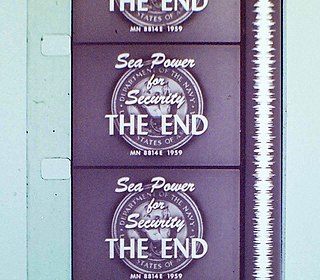
16 mm film is a historically popular and economical gauge of film. 16 mm refers to the width of the film ; other common film gauges include 8 and 35 mm. It is generally used for non-theatrical film-making, or for low-budget motion pictures. It also existed as a popular amateur or home movie-making format for several decades, alongside 8 mm film and later Super 8 film. Eastman Kodak released the first 16 mm "outfit" in 1923, consisting of a camera, projector, tripod, screen and splicer, for US$335. RCA-Victor introduced a 16 mm sound movie projector in 1932, and developed an optical sound-on-film 16 mm camera, released in 1935.
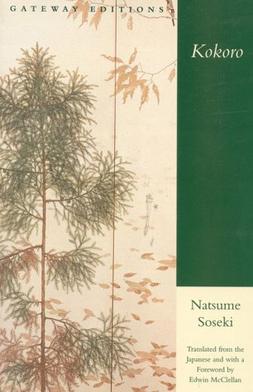
Kokoro is a novel by the Japanese author Natsume Sōseki. It was first published in 1914 in serial form in the Japanese newspaper Asahi Shimbun. The title translated literally means "heart". The word contains shades of meaning—notions of the heart and also of mind—and can be translated as "affection", "spirit", "resolve", "courage", "sentiment", or "the heart of things". During the novel's initial serial run, from April 20 to August 11, 1914, it was printed under the title Kokoro: Sensei no Isho. When later published in novel form by Iwanami Shoten, its title was shortened to Kokoro; the rendering of the word "kokoro" itself was also changed from kanji (心) to hiragana (こころ).

Aishiteruze Baby is a shōjo romance manga by Yoko Maki. It was serialized by Shueisha in Ribon from April 2002 and January 2005 and collected in seven bound volumes. It was adapted as a 26-episode anime television series produced by TMS Entertainment and Animax, broadcast in Japan on Animax from April to October 2004. The series is about a teenage boy, Kippei, who becomes the caretaker of his five-year-old cousin, Yuzuyu, after her mother abandons her. Both the manga and anime have been praised for successfully mixing serious issues with a light-hearted tone.
Kokoro Library is a slice-of-life Japanese manga series by Nobuyuki Takagi and Yōsuke Kuroda, originally serialized between April 2000 and July 2002 in Monthly Comic Dengeki Daioh. It follows the peaceful daily lives of three sisters who live in a library.
Kokoro is a 1914 novel by Natsume Sōseki.
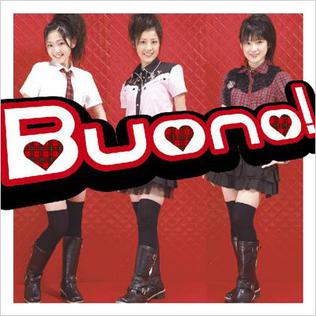
"Honto no Jibun" is the title of the first single by the Hello! Project unit Buono!. Maimi Yajima and Chisato Okai appear as background characters in the song's Promotional Video.

The Canon EOS 5D Mark II is a 21.1 effective megapixel full-frame CMOS digital single-lens reflex camera made by Canon, the first Canon EOS camera to have video recording capabilities. It succeeds the EOS 5D and was announced on 17 September 2008.
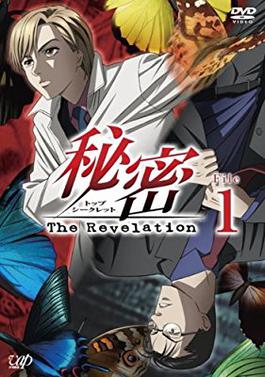
Himitsu – Top Secret is a Japanese manga series written and illustrated by Reiko Shimizu. It has been serialized in Melody.
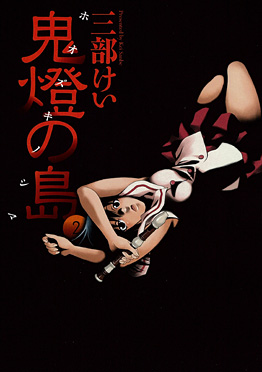
Hōzuki Island is a manga written and illustrated by Kei Sanbe. It was serialized in Square Enix bi-monthly seinen magazine Young Gangan from December 2007 to July 2009. It is set on a nearly deserted island in Japan where six orphaned or abandoned schoolchildren live alone with their four adult teachers in the decrepit ruin of an old school.

Tora-san Goes to Vienna is a 1989 Japanese comedy film directed by Yoji Yamada. It stars Kiyoshi Atsumi as Torajirō Kuruma (Tora-san), and Keiko Takeshita as his love interest or "Madonna". Tora-san Goes to Vienna is the forty-first entry in the popular, long-running Otoko wa Tsurai yo series.
Mōretsu Atarō is a Japanese comedy manga series written by Fujio Akatsuka. It was serialized from 1967 to 1970 in Weekly Shōnen Sunday. Two anime television adaptations were produced by Toei Doga, and aired TV Asahi. Manga has 90 episodes.

The ¥1,000 note is currently the lowest value yen banknote and has been used since 1945, excluding a brief period between 1946 and 1950 during the Allied occupation of Japan.

Kokoro Connect is a Japanese light novel series written by Sadanatsu Anda, with illustrations by Shiromizakana. It centers around five high school students facing numerous supernatural phenomena that forces them to reveal secrets that will test their bonds with each other. The series includes 11 volumes published by Enterbrain between January 2010 and September 2013. Two manga adaptations have been published by Enterbrain and Kadokawa Shoten. A 13-episode anime adaptation directed by Shinya Kawatsura, written by Fumihiko Shimo, and produced by Silver Link aired in Japan between July and September 2012. Four additional episodes aired on December 30, 2012. The Kokoro Connect franchise was localized in North America by several companies: Seven Seas Entertainment licensed the manga, Sentai Filmworks the anime, and J-Novel Club the light novel series.

Majestic Prince is a science fiction multimedia project created by Japanese company FIELDS. A manga series, written by Rando Ayamine, illustrated by Hikaru Niijima and with original work/planning credited to Fields/Sotsu, began serialisation in 2011. Its anime television series, Majestic Prince was developed by Doga Kobo and Orange, and was broadcast in Japan on Tokyo MX from April 4, 2013 to September 19, 2013 and was streamed with English subtitles by Crunchyroll. The anime was licensed by Sentai Filmworks, and the Anime Network. with its dub home video release in 2014. In July 2016 the episodes were rebroadcast, with a new "25th episode" on September 29, 2016, with events leading to a feature film released in November. The manga series concluded in March 2019.
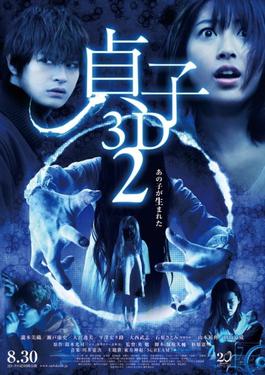
Sadako 3D 2 (貞子3D2) is a 2013 Japanese supernatural horror film directed by Tsutomu Hanabusa and the sequel to 2012's Sadako 3D and the final installment in the Rasen timeline.
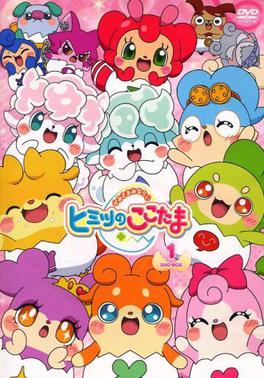
Kamisama Minarai: Himitsu no Cocotama is a Japanese anime television series animated by OLM, Inc., based on both the series of toys and Media Franchise created by Bandai Namco Holdings. The series focuses on Kokoro Yotsuba, a fifth grader who accidentally witness a small god born from her treasured color pencil set, and must be bound through a contract in order to keep his existence a secret. The series was directed by Norio Nitta and written by Michihiro Tsuchiya with character designs by Shinobu Ookawa. The series aired on all TXN stations in Japan from October 2015 to June 2018, replacing Tamagotchi! on its initial timeslot. The series uses a few elements from Shinto and Christianity, regarding the Cocotamas.
Miku Itō is a Japanese voice actress and singer affiliated with Style Cube. Her major voice roles include Nanako Usami in Locodol, Ann Akagi in Action Heroine Cheer Fruits, Kokoro Tsurumaki in BanG Dream!, Miku Nakano in The Quintessential Quintuplets, and Hougetsu Shimamura in Adachi and Shimamura.

"Itoshisa to Setsunasa to Kokoro Zuyosa to" is the fourth single by Japanese singer Ryōko Shinohara, released on July 21, 1994, by Epic Records/Sony Music Entertainment Japan under the Tokyo Performance Doll label Cha-Dance. Written and produced by Tetsuya Komuro, the song was used in the Japanese release of the 1994 anime film Street Fighter II: The Animated Movie during the scene where Ryu and Ken Masters team up to fight Vega/M. Bison. The B-side is "Good Luck", which was also featured in the film as the ending theme.
"Kokoro & Karada / Lovepedia / Ningen Kankei No Way Way" is the 68th single from the Japanese girl group Morning Musume. It was released on January 22, 2020.
The Heart, also titled Love Betrayed, is a 1973 Japanese drama film written and directed by Kaneto Shindō. It is based on the 1914 novel Kokoro by Natsume Sōseki.














